Decarbonization Planning
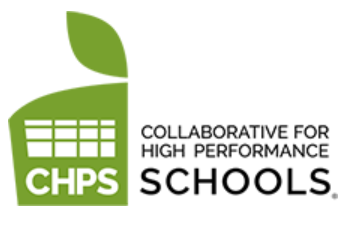 The Collaborative for High Performance Schools (CHPS)
The Collaborative for High Performance Schools (CHPS)
Provides technical resources for school design, construction, operations and maintenance standards, with a mission to improve student physical health, academic performance, mental well-being, and environmental stewardship by creating the best high-performance school environment through educational resources, design criteria and verification.
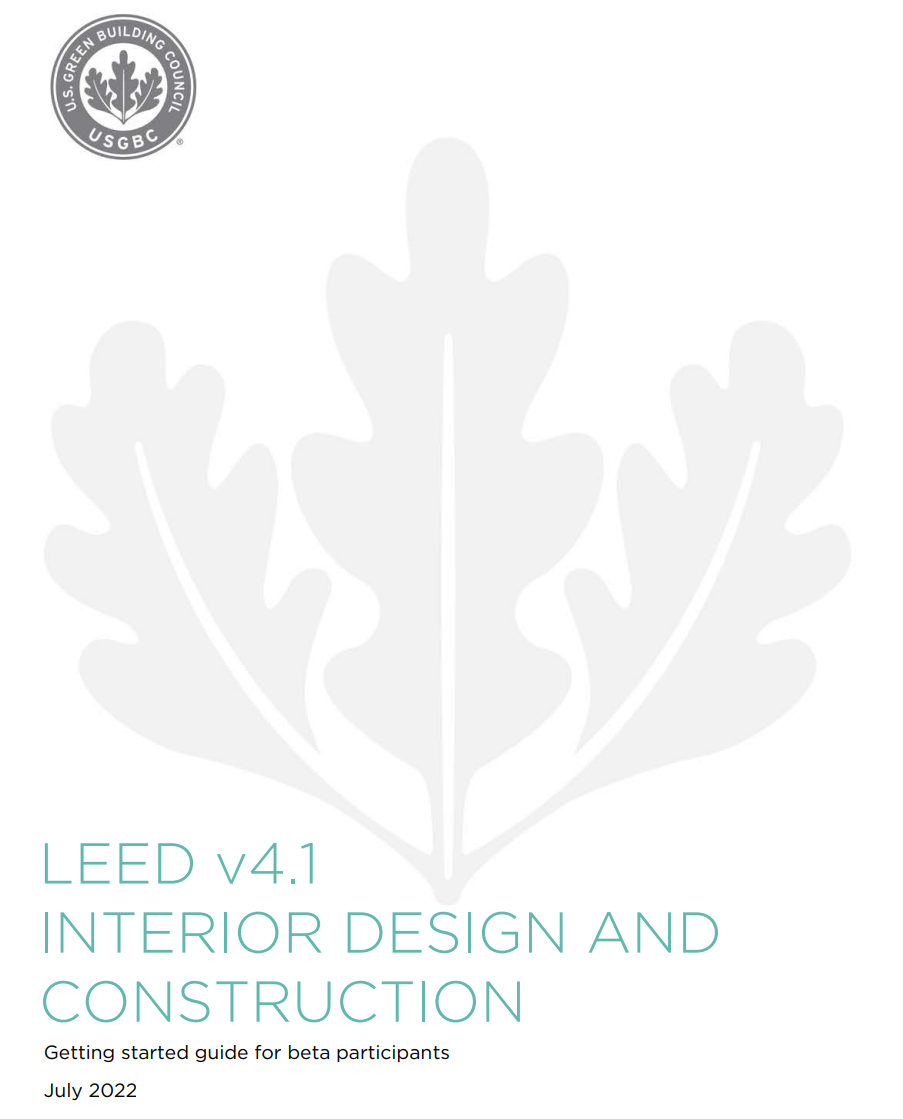 LEED v4.1 Interior Design + Construction
LEED v4.1 Interior Design + Construction
LEED is a leading green building project and performance management system, delivering a comprehensive framework for green building design, construction, operations and performance. LEED v4.1, raises the bar on building standards to address energy efficiency, water conservation, site selection, material selection, day lighting and waste reduction.
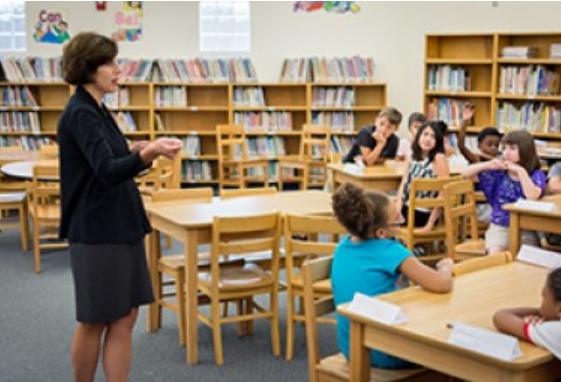 DOE Zero Energy Schools
DOE Zero Energy Schools
Resources from the Zero Energy Schools Accelerator, which had a goal to make zero energy K-12 schools mainstream while enhancing the educational environment. The website provides resources, solutions, and technologies to help schools achieve zero energy goals.
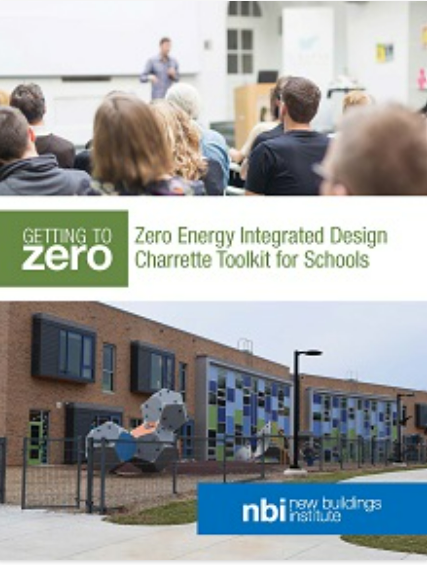 Getting to Zero: Zero Energy Integrated Design Charrette Toolkit for Schools
Getting to Zero: Zero Energy Integrated Design Charrette Toolkit for Schools
New Buildings Institute (NBI) provides materials to help schools plan a successful process to build consensus, formalize the project vision, and guide the design to achieve energy efficiency and sustainability goals. The toolkit includes templates and checklists that schools can use as reference materials.
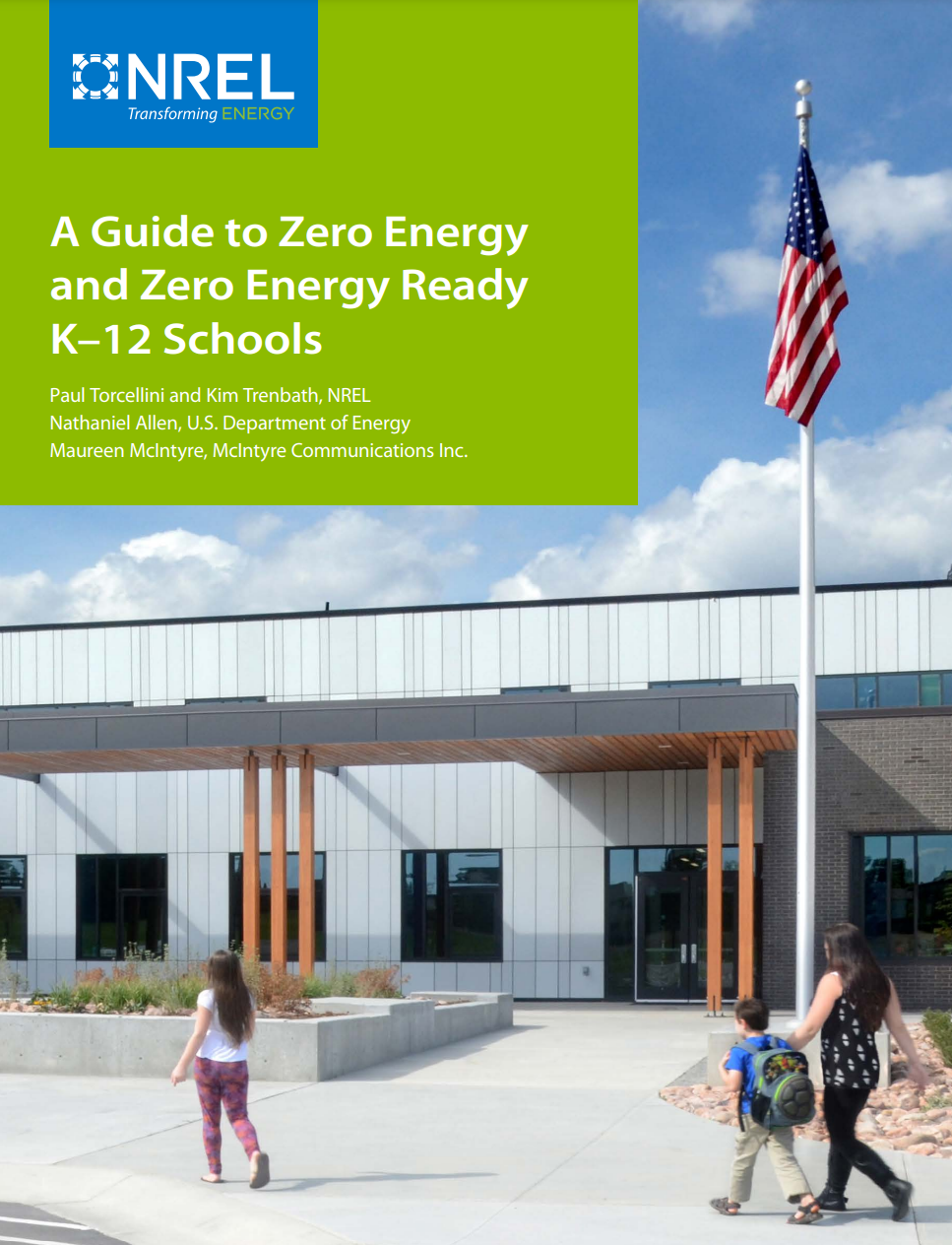 A Guide to Zero Energy and Zero Energy Ready K-12 Schools
A Guide to Zero Energy and Zero Energy Ready K-12 Schools
ZE buildings are described differently—zero energy, net zero energy, zero net energy—in different regions (DOE 2015). If the output from the renewable energy system exceeds the energy needs, the building is said to be energy positive. In some situations, school owners opt to delay the installation of the renewable energy system because of financial or other constraints. These schools, dubbed “zero energy ready (ZER),” offer many of the benefits of ZE schools, including reduced utility bills. Regardless of the label, every ZE building starts with optimizing energy efficiency.
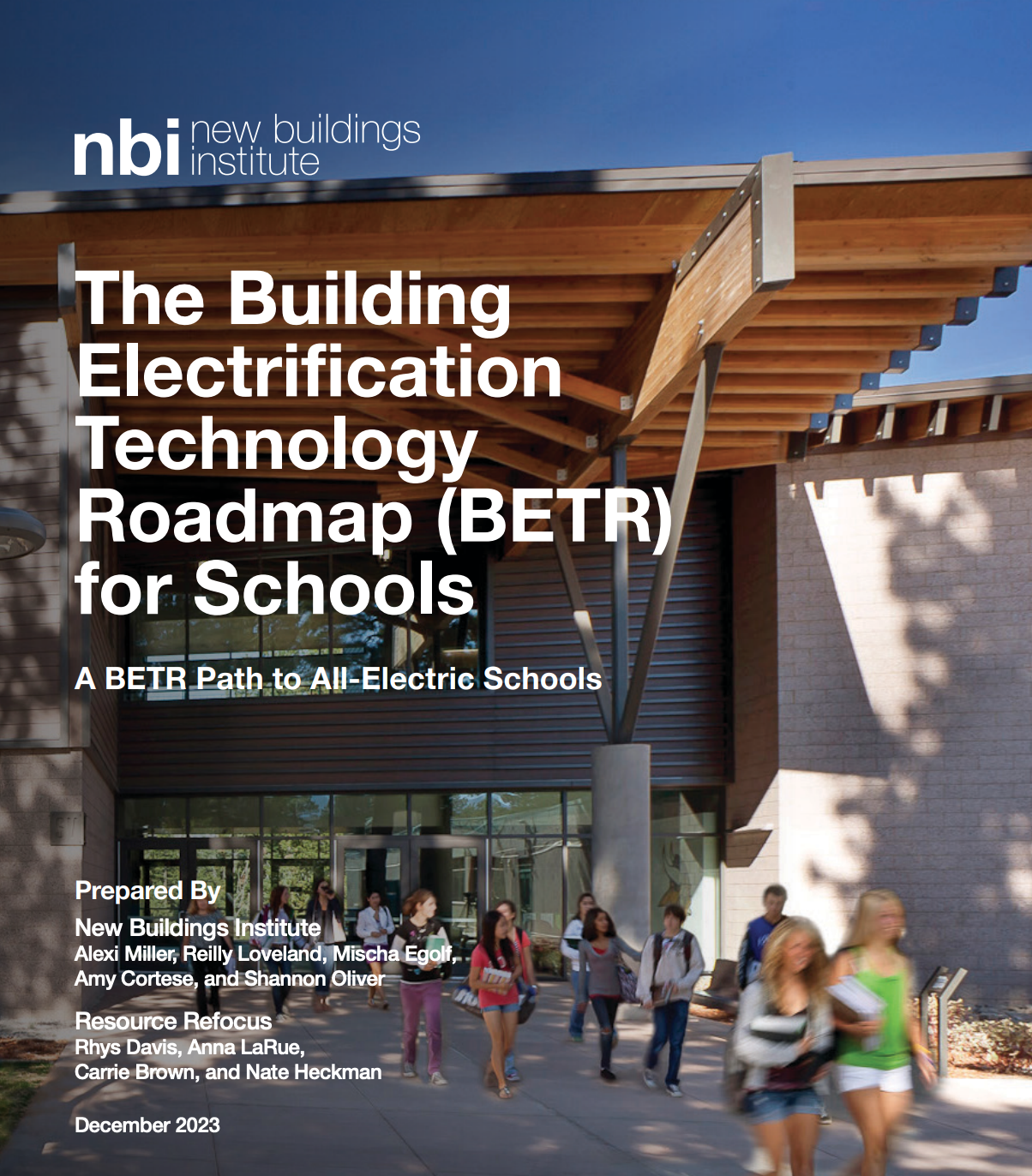 The Building Electrification Technology Roadmap For Schools
The Building Electrification Technology Roadmap For Schools
Learn strategies tailored for K-12 schools to reduce carbon emissions from water heating, HVAC, buses, and other technologies that power classrooms and operational spaces. This report provides K-12 leaders a roadmap and decision-making tools to electrify their school buildings.
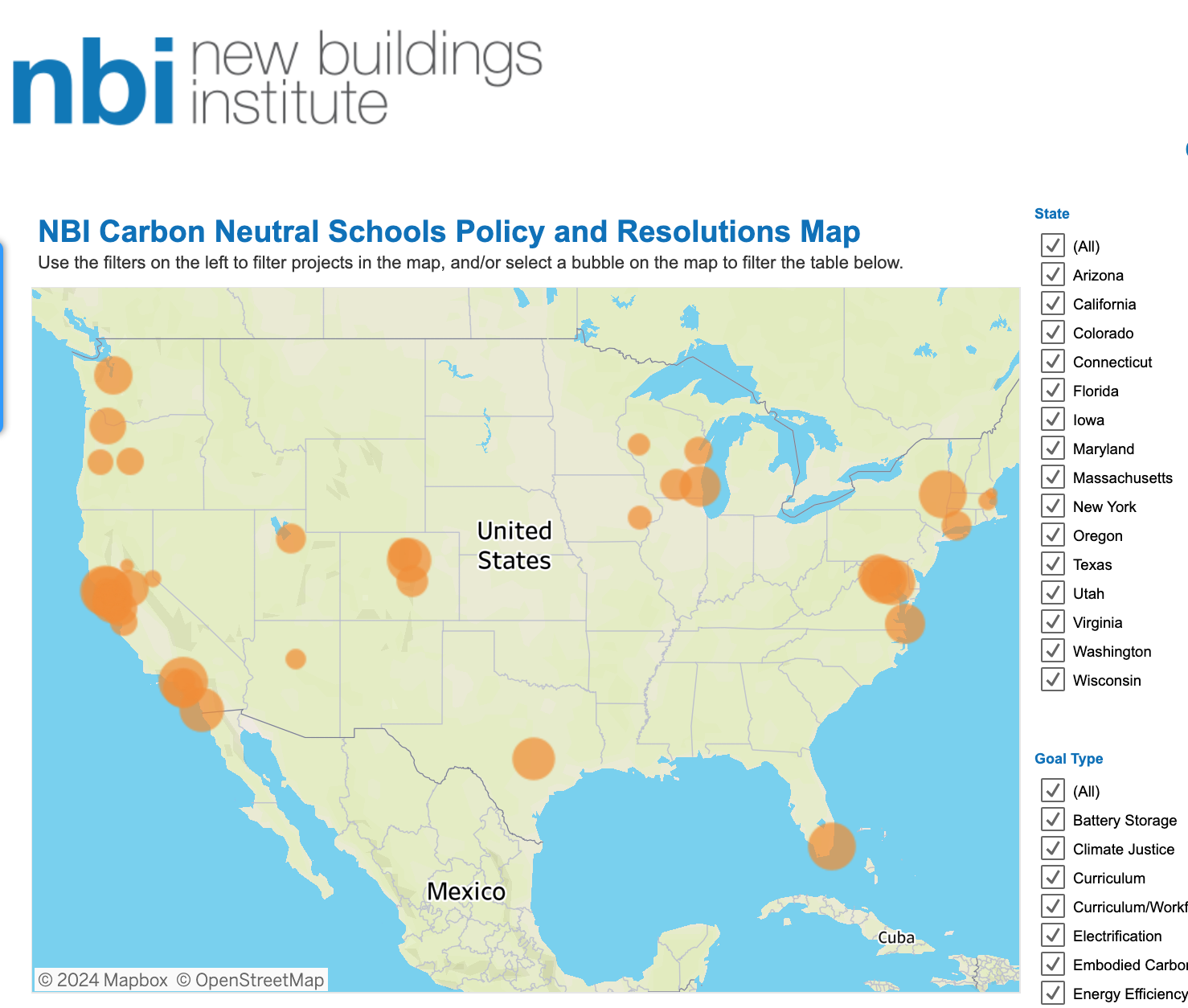 Examples of Carbon Neutral School District Resolutions
Examples of Carbon Neutral School District Resolutions
This interactive map includes districts that have addressed healthy, efficient, resilient schools by adopting formal goals to tackle carbon emissions. These goals may be written into policies, resolutions, plans, design standards, or other formal mechanisms. Carbon emissions reductions encompass a wide range of approaches that may include energy efficiency, renewables, electrification, operational carbon, battery storage, and embodied carbon.